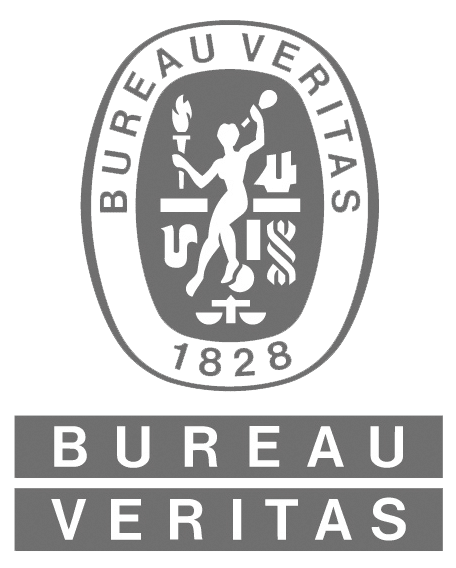Wear
the attrition or rubbing away of the surface of a material as a result of mechanical action. There is some difference of opinion on types of wear. Selected wear types are:
| Abrasive wear | keep sludge, carbon and other deposit precursors suspendedA cutting or scratching action caused when either hard particles or hard projections wear away or cut into softer surfaces. Wear involving two surfaces and a separate hard particle between them is termed three-body abrasion. Wear involving a hard surface projection, or a free particle, contacting an opposing surface is termed two-body abrasion. |
| Erosive wear | A form of two-body abrasive wear specifically referring to the impact damage and material removal associated with high-velocity particles striking part surfaces. Erosion often is worst in metering orifices angled turns in high pressure systems. |
| Adhesive wear | Occurs when the oil film becomes so thin that the roughest parts of the opposing moving part surfaces begin to touch each other. Metal may be torn off the part surfaces or transferred from one surface to the other and eventual seizure of the affected parts is likely. |
| Corrosive (chemical) wear | Results when chemical reactions cause corrosion, oxidation and pitting of part surfaces and/or when part movement or fluid pressure dislodges material from this surface layer. |
| Cavitation wear | Occurs when metal is removed from part surfaces by the violent impact of collapsing cavitation bubbles. |
| Fatigue wear | Occurs when cyclic or repeated load stresses cause cracking, spalling and pitting of the component part surfaces. |
| Fretting wear | Wear between two tightly fitting surfaces having a cyclic relative oscillating motion of small amplitude. |
